Women in World War I were mobilized in unprecedented numbers on all sides. The vast majority of these women were drafted into the civilian work force to replace conscripted men or work in greatly expanded munitions factories. Thousands served in the military in support roles, e.g. as nurses, but in Russia some saw combat as well.
Women also volunteered and served in a non-combatant role; by the end of the war, 80,000 had enlisted.They mostly served as nurses in the Queen Alexandra’s Imperial Military Nursing Service (QAIMNS), the First Aid Nursing Yeomanry (FANY), the Voluntary Aid Detachment (VAD); and from 1917, in the Army when the Queen Mary’s Army Auxiliary Corps (WAAC), was founded. The WAAC was divided into four sections: cookery; mechanical; clerical and miscellaneous. Most stayed on the Home Front, but around 9,000 served in France.
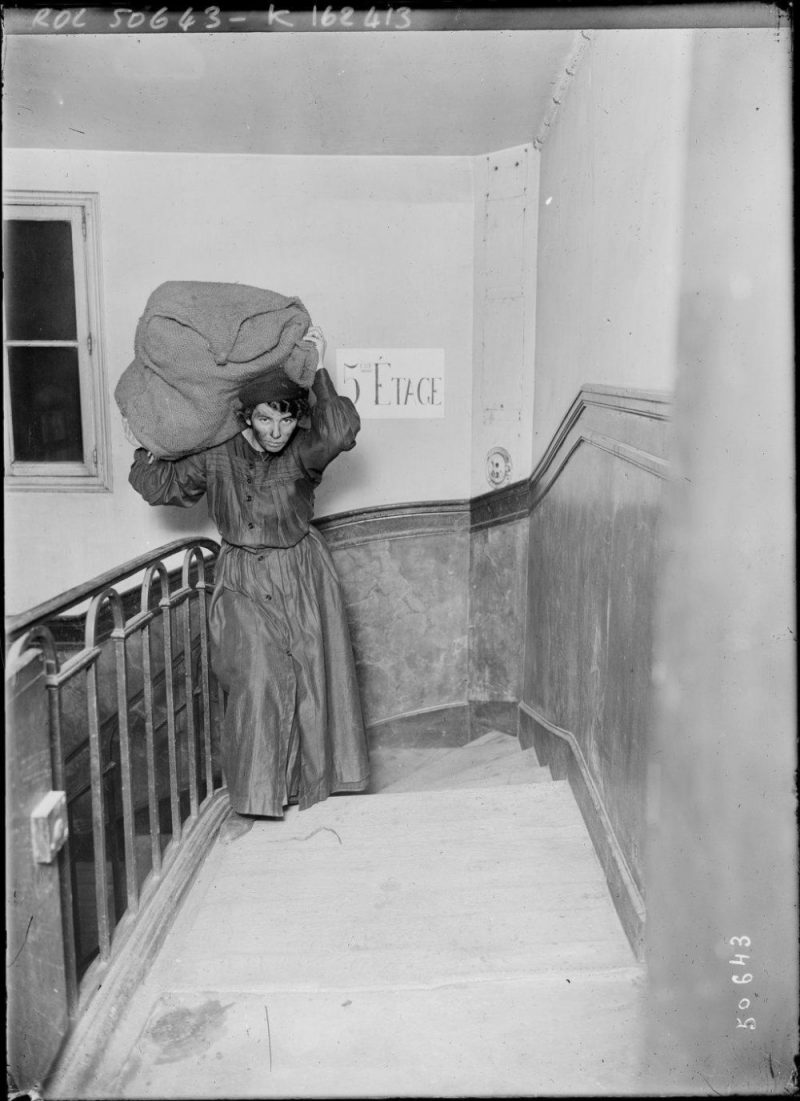
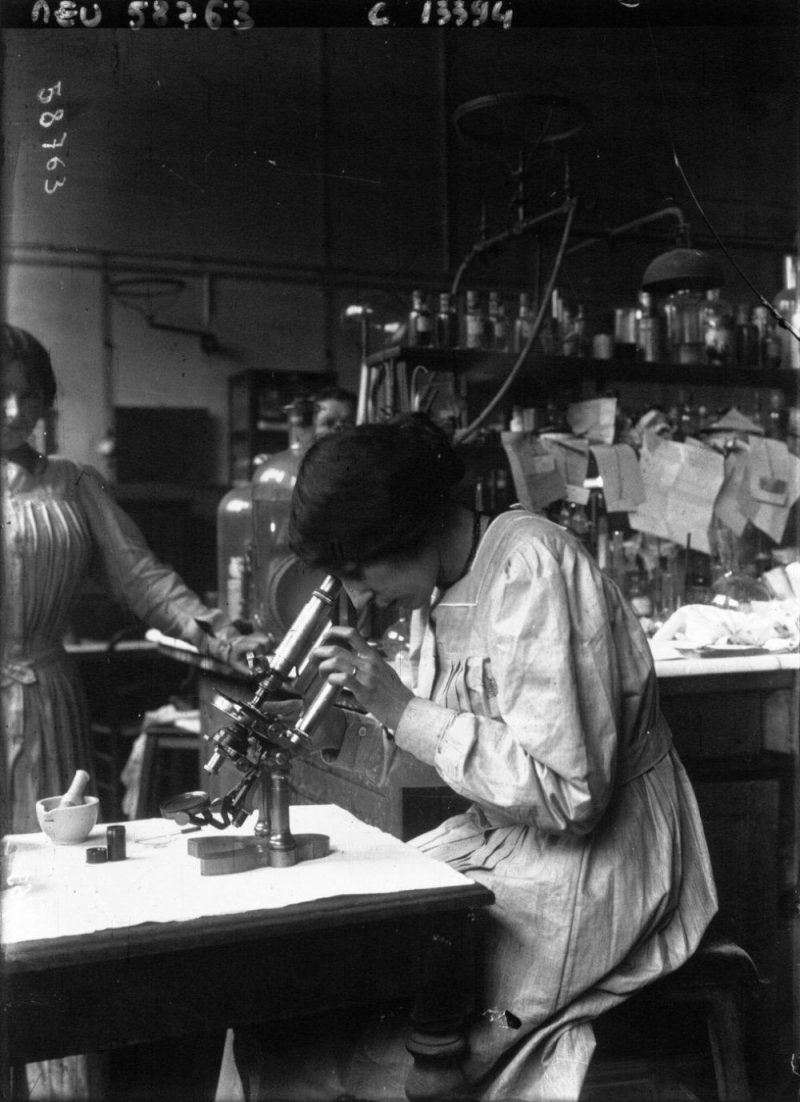
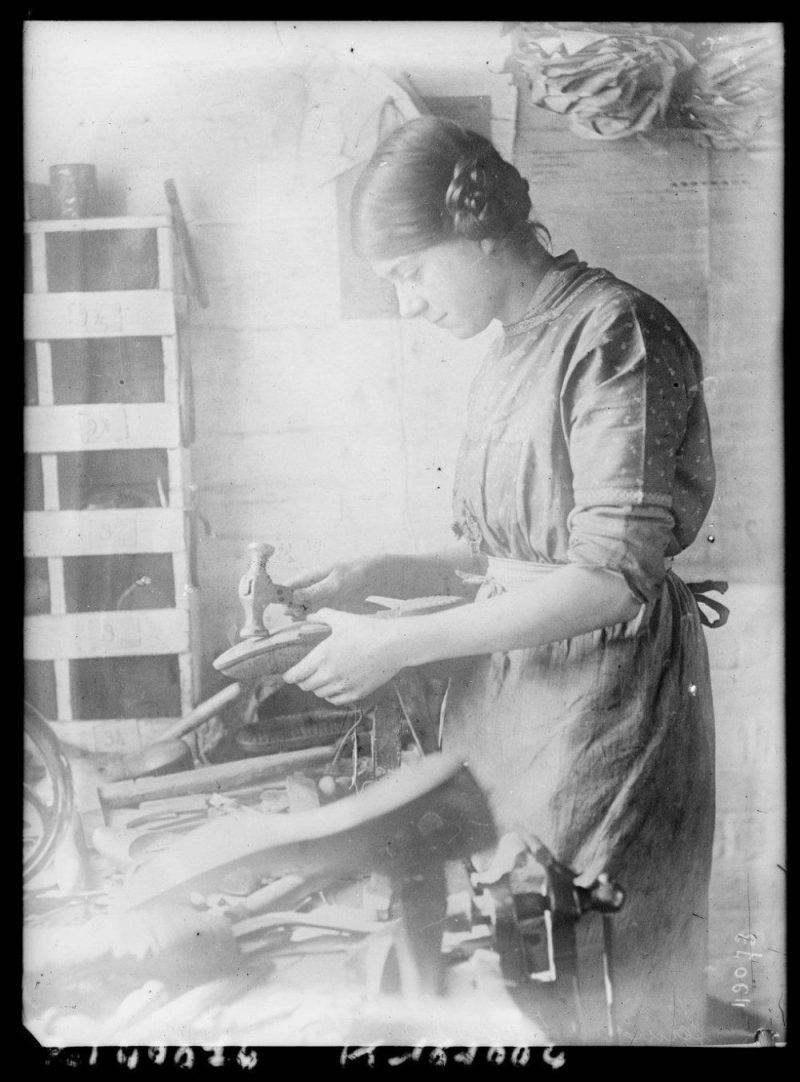
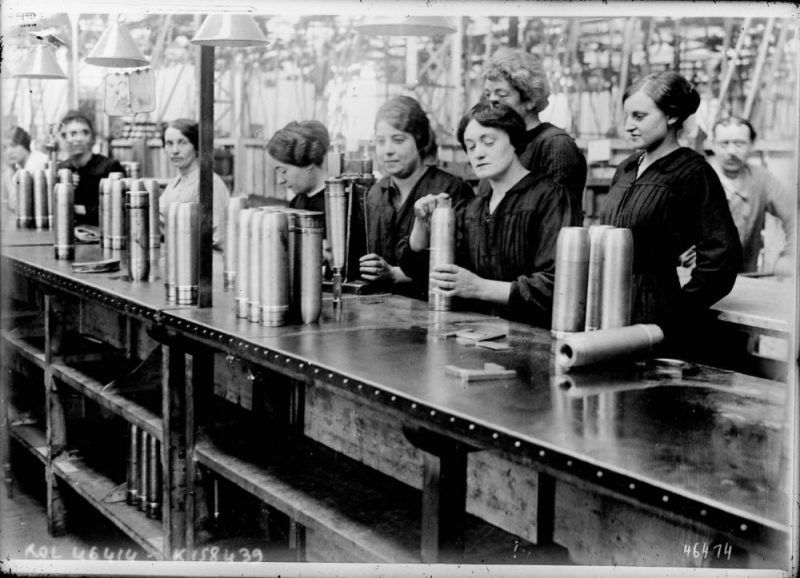
Many women volunteered on the home front as nurses, teachers, and workers in traditionally male jobs. Large numbers were hired in the munitions industries. The latter were let go when the munitions industries downsized at the end of the war. They volunteered for the money, and for patriotism. The wages were doubled of what they had previously made (although was still less than that of a man’s). The women working in these munitions factories were called Munitionettes and the work in which these women did was long, tiring and exhausting as well as dangerous and hazardous to their healt
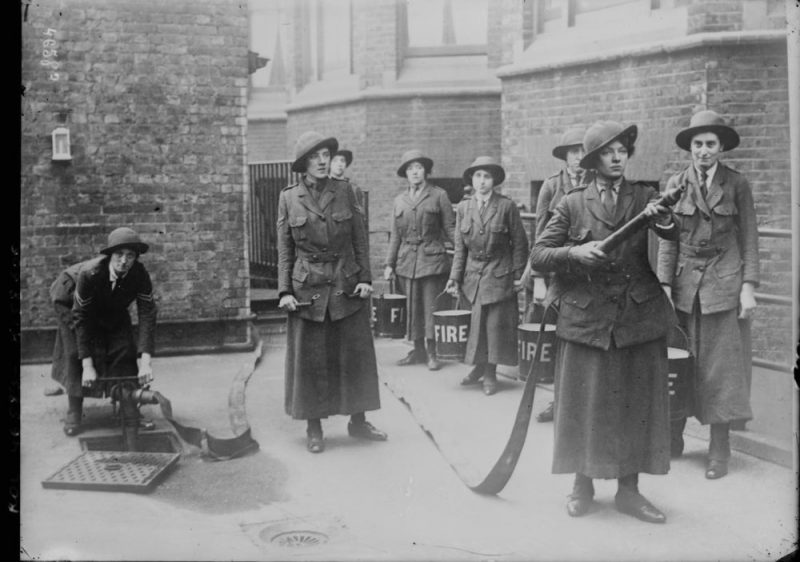
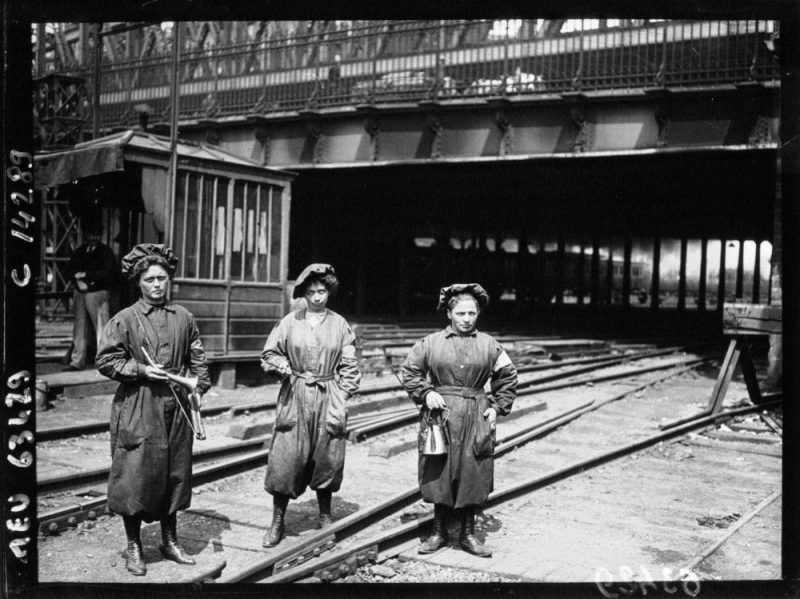
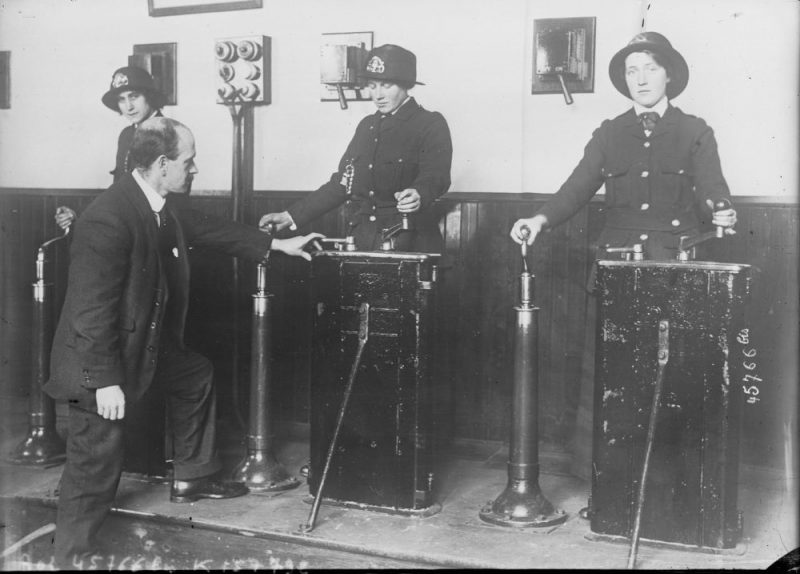
The only belligerent to deploy female combat troops in substantial numbers was the Russian Provisional Government in 1917.Its few “Women’s Battalions” fought well, but failed to provide the propaganda value expected of them and were disbanded before the end of the year. In the later Russian Civil War, the Bolsheviks would also employ women infantry.
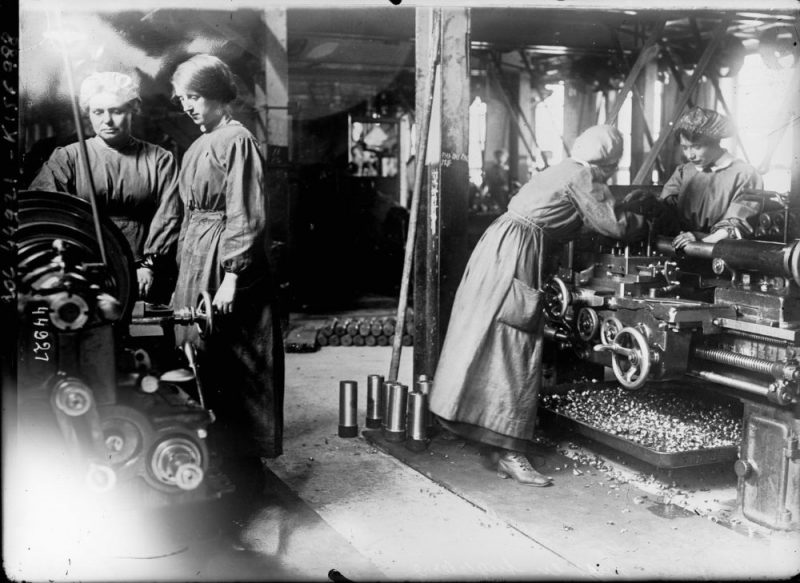
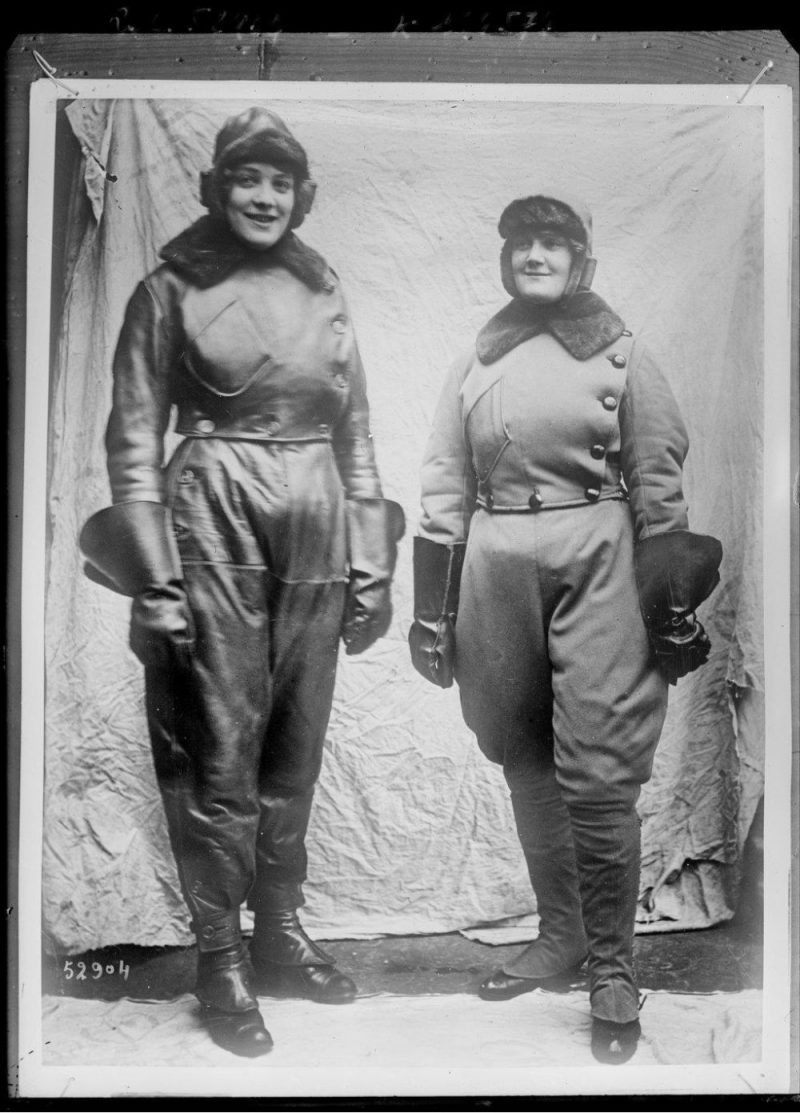
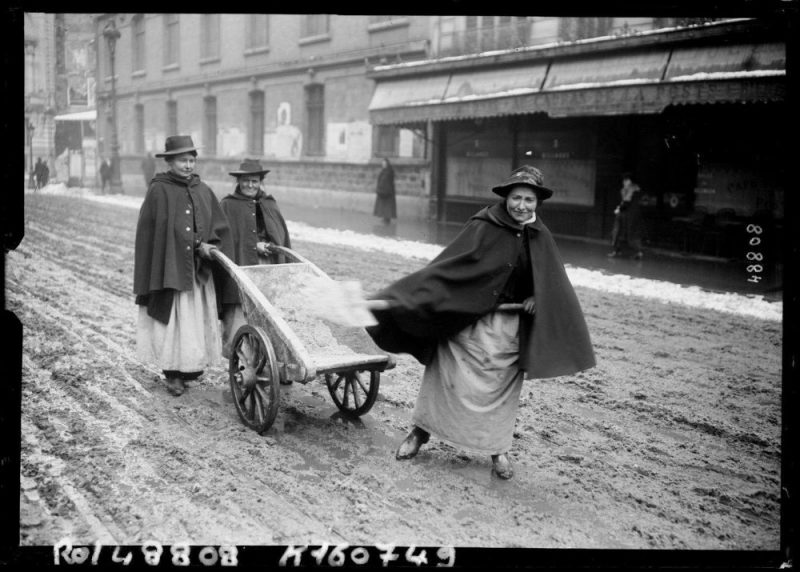
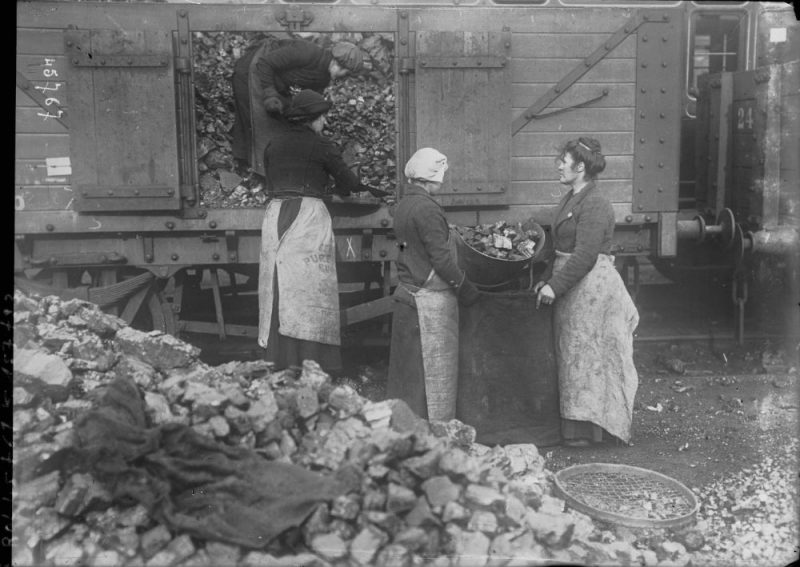
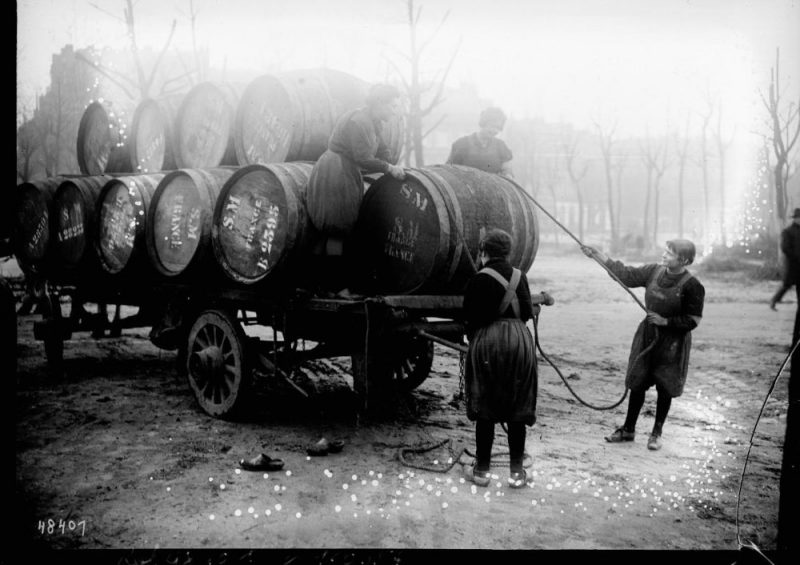
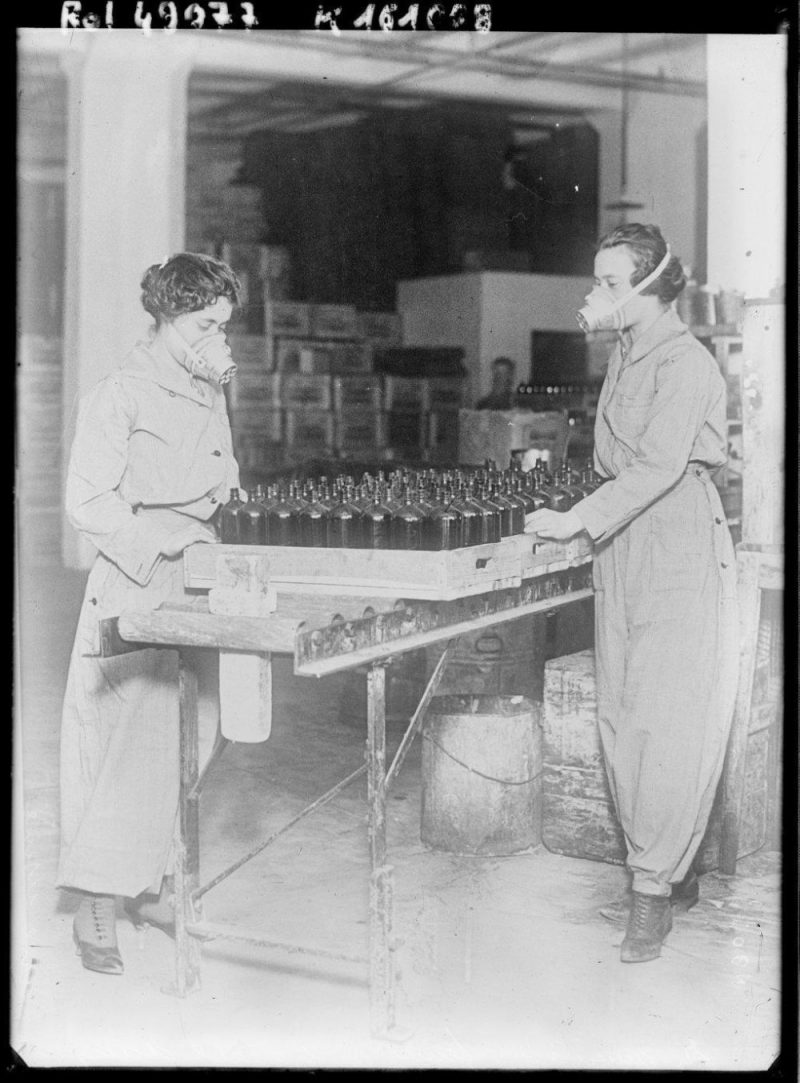
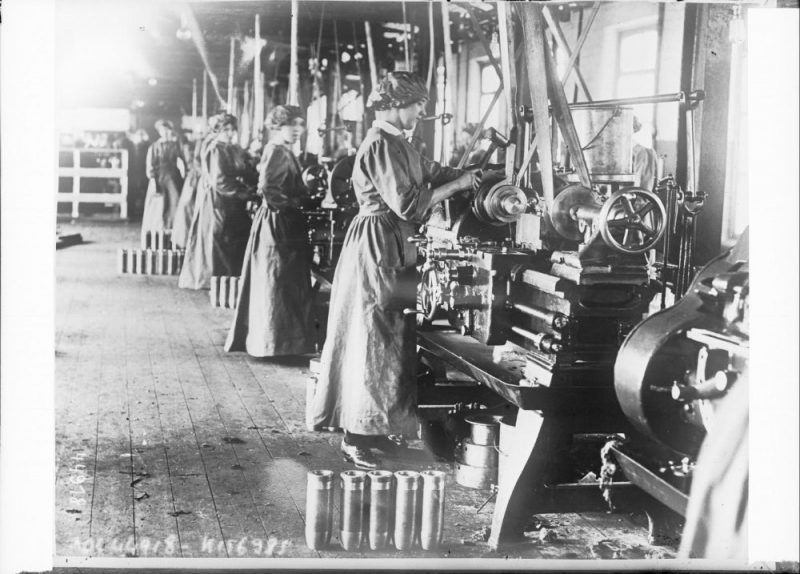
The U.S. Army recruited and trained 233 female bilingual telephone operators to work at switchboards near the front in France and sent 50 skilled female stenographers to France to work with the Quartermaster Corps. The U.S. Navy enlisted 11,880 women as Yeomen (F) to serve stateside in shore billets and release sailors for sea duty. More than 1,476 U.S. Navy nurses served in military hospitals stateside and overseas. The U.S. Marine Corps enlisted 305 female Marine Reservists (F) to “free men to fight” by filling positions such as clerks and telephone operators on the home front. More than 400 U.S. military nurses died in the line of duty during World War I. The vast majority of these women died from a highly contagious form of influenza known as the “Spanish Flu,” which swept through crowded military camps and hospitals and ports of embarkation.
Images By : NATIONAL LIBRARY OF FRANCE VIA EUROPEANA
